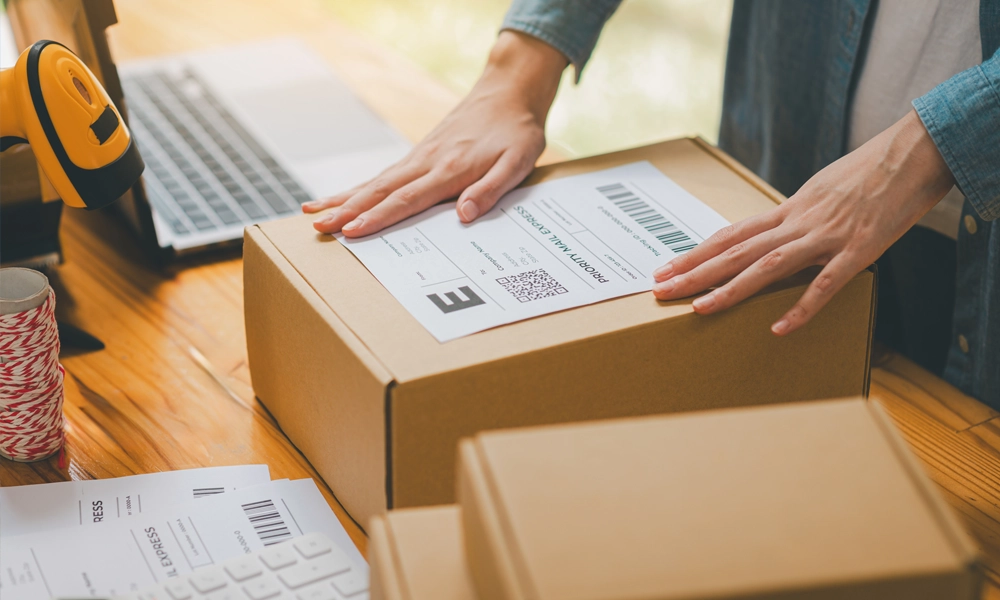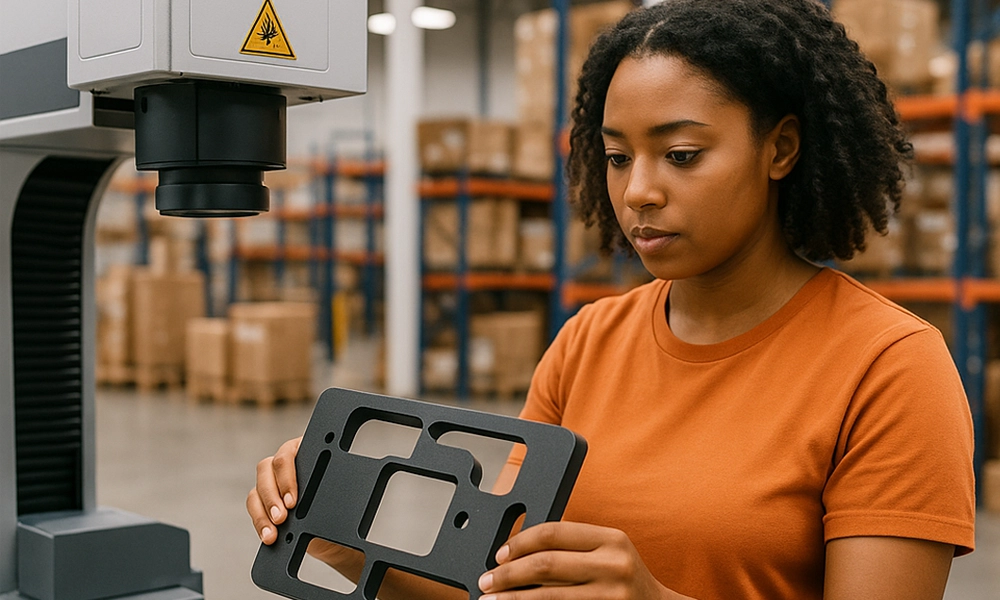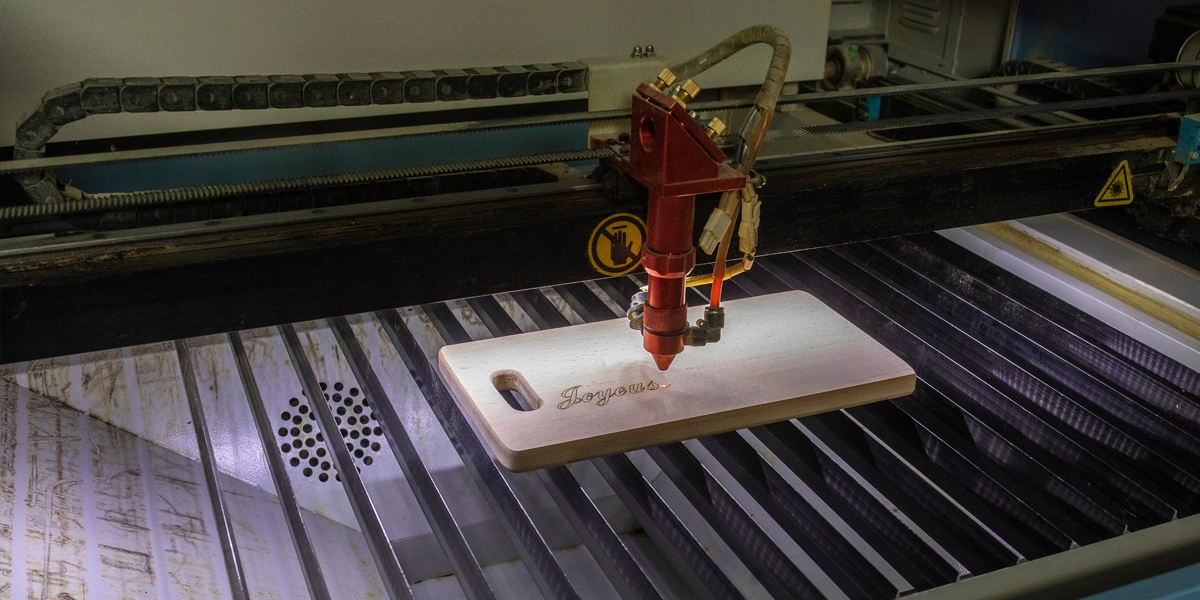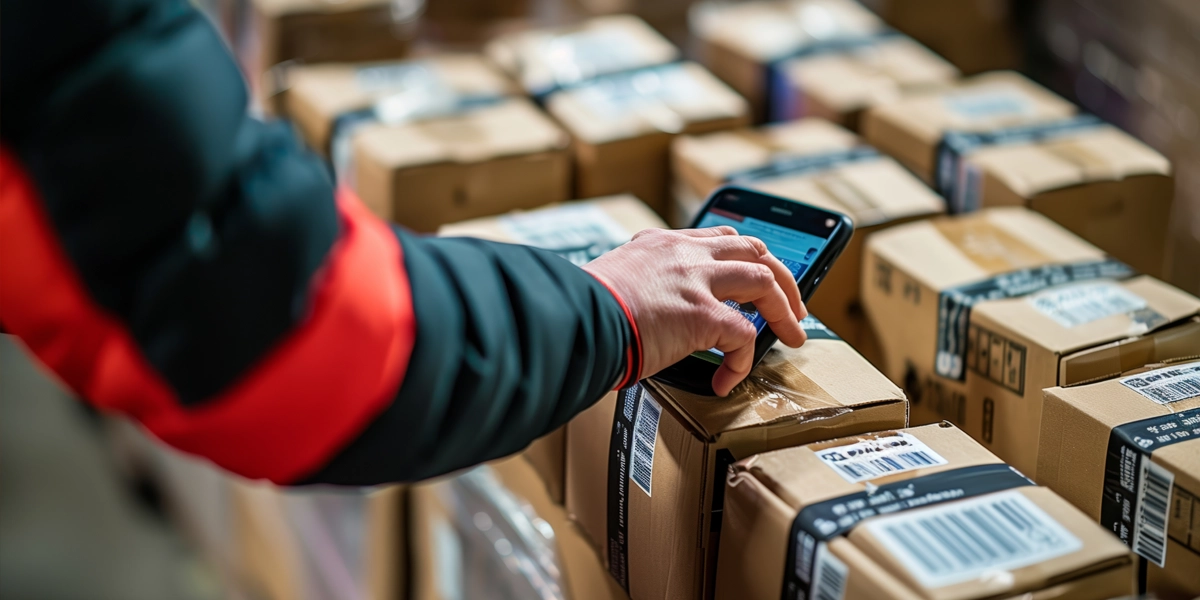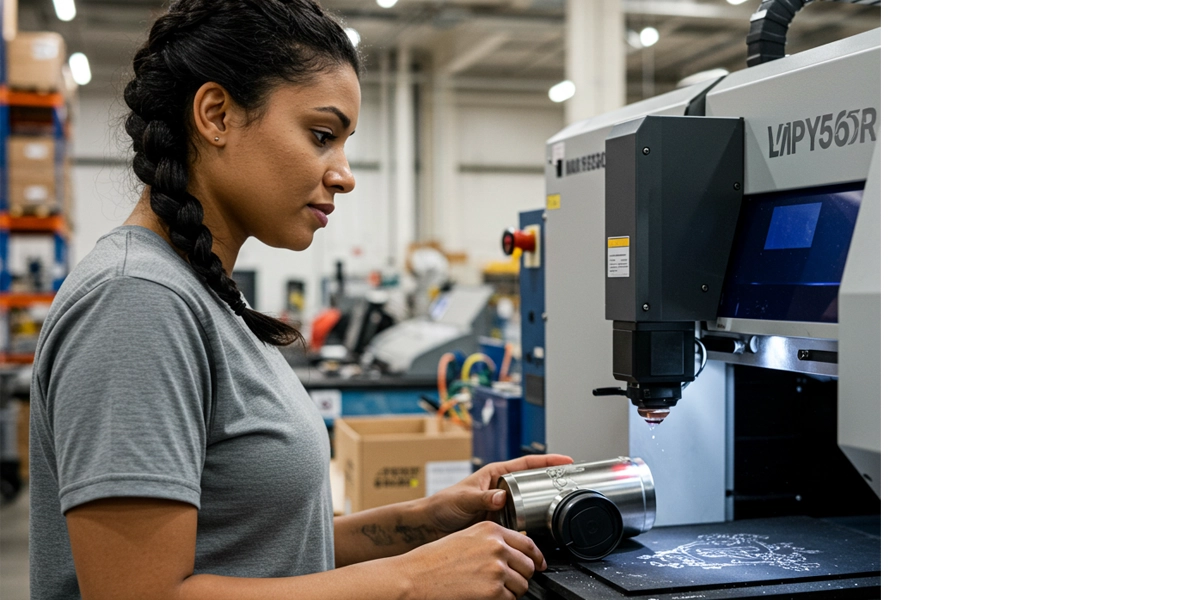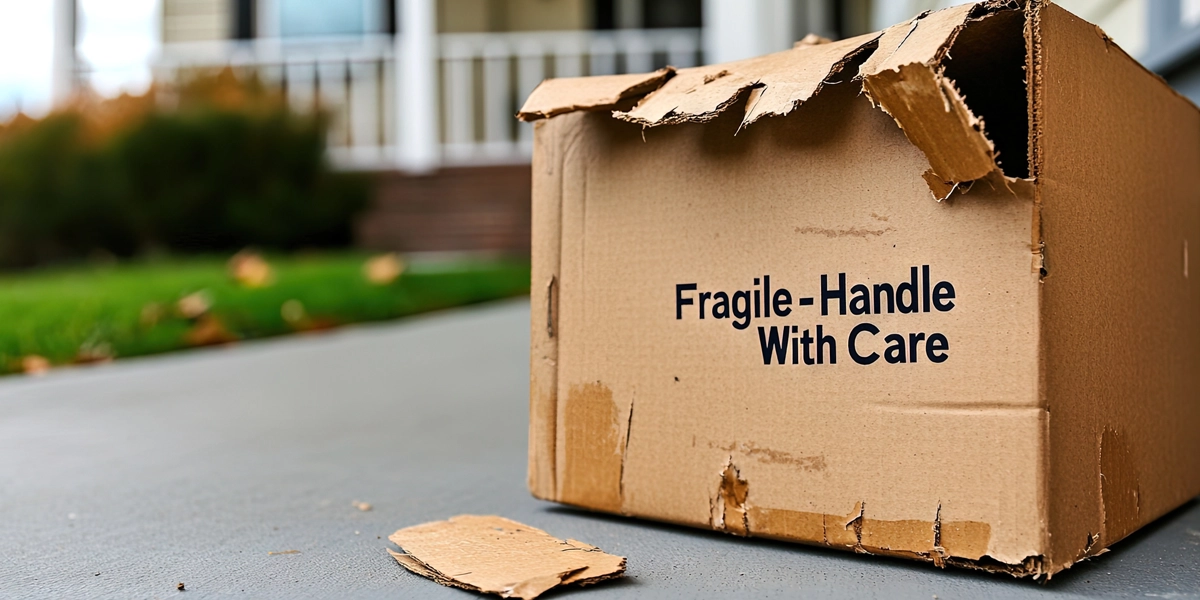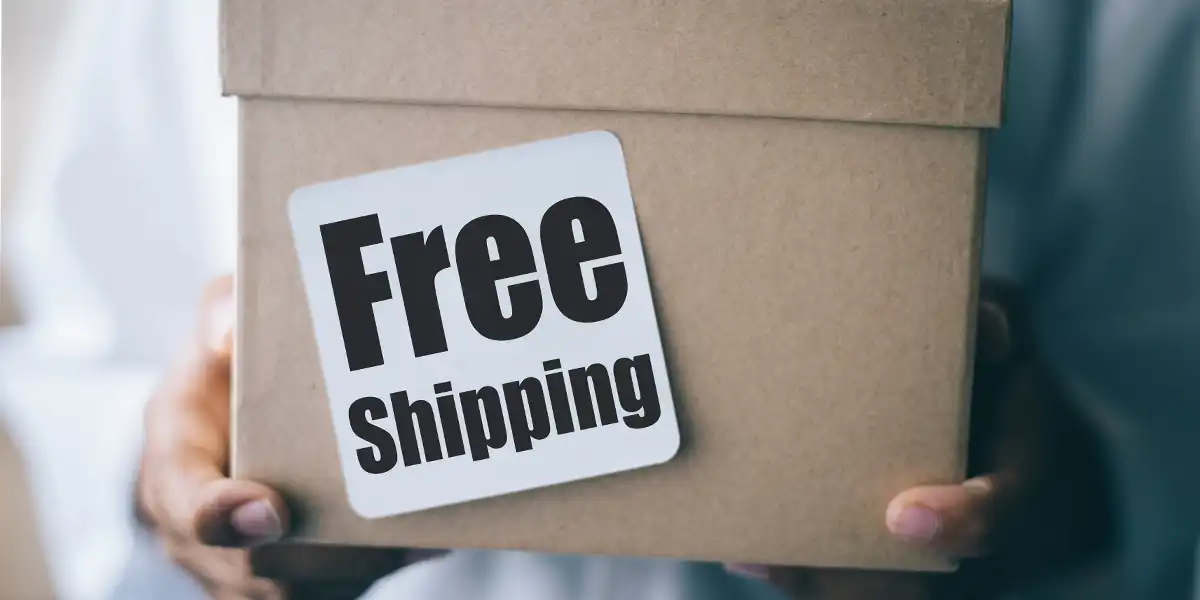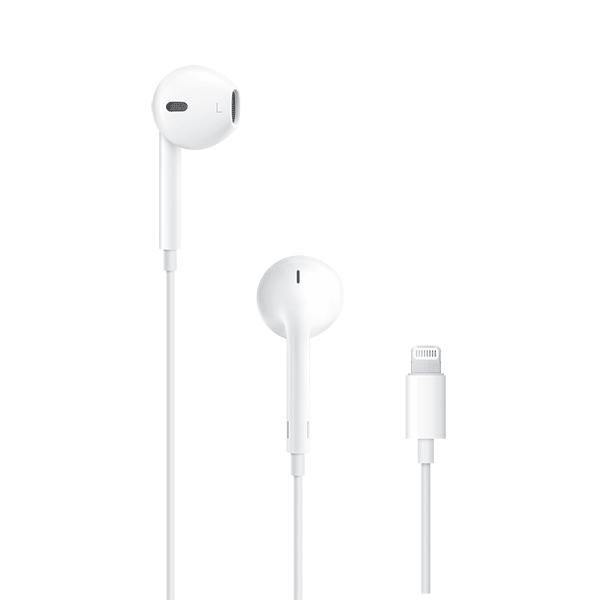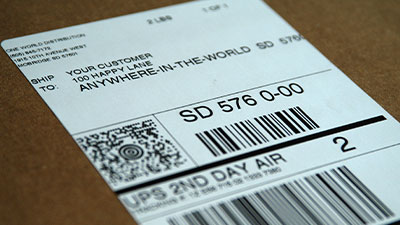In This Article:
In late July, Google announced some fantastic news for sellers: Buy on Google commissions are gone, and Recommendations AI is publicly available to all customers.
By dropping fees and expanding personalized shopping recommendations, Google is making it easier for e-commerce retailers to connect with consumers — and outlast the pandemic.
The changes follow Google’s decision in April to allow any seller to list their products in Google Shopping for free — a change that had been in the works and was sped up once e-commerce retailers started feeling COVID-19’s ripple effects. As Bill Ready, Google’s president of commerce, told The Verge in April:
“What we’re seeing is that there are many, many retailers and small businesses that stand ready to serve shoppers, but don’t yet have a great way to connect with them digitally. We think that by doing this, it helps many more shoppers find what they’re looking for, but it also helps bring some quite needed relief to the retail and small business ecosystem.”
Ultimately, Ready says, the moves are a win-win-win:
- Digital commerce becomes more accessible for more retailers
- Shoppers get bigger, better choices; and
- Advertisers can extend their reach by mixing paid and free listings
What do the latest changes mean for my customers and me?
Buy on Google drops commission fees
Access to free Google Shopping listings — and the option to pay for prime ad placement — can help retailers drive tons of traffic to their site. But why not further streamline the process? The Buy on Google checkout experience lets retailers sell directly on Google, and shoppers get to nab exactly what they want as soon as they see it.
Traditionally, Google takes a commission of around 5 to 15 percent for these sales. Eliminating that fee puts more money in e-commerce retailers’ pockets. In a blog post, Ready emphasized the importance of supporting sellers and confirmed Google is looking to the future:
“By removing our commission fees, we’re lowering the cost of doing business and making it even easier for retailers of all sizes to sell directly on Google, starting with a pilot that we’ll expand to all eligible sellers in the U.S. over the coming months.”
Included in the changes are perks to keep the process as simple as possible:
- Keep what works for you: Google is letting retailers keep their preferred payment processing, inventory and order management systems, starting with Shopify and PayPal. According to Ready, this allows retailers to “get started even faster and continue using the tools and services that already work for their business. Or, if they’re new to selling online, they’ll be able to choose from multiple options when they sign up in our Merchant Center.”
- Import your inventory: Retailers will be able to use common product feed formats to directly connect their inventory with Google Shopping without doing any tricky reformatting. A new option will let sellers pull product information directly from an existing database rather than going through the process of uploading it.
- Get a small-business boost (coming soon): As consumers do more and more of their shopping from home, they don’t want to entirely shift from local shops to big-box retailers. To help meet the demand for smaller, local businesses, Google is planning to add a new small-business filter to the Google Shopping tab.
Recommendations AI beta available to the public
Customers love personalization when they’re shopping — especially when that personalization makes it easier to sift through countless listings to find just what they want. Google is now offering that loyalty-building option on a huge scale.
Thanks to deep learning, their Recommendations AI — similar to technology that fosters discovery on YouTube — translates consumers’ search and buying histories into personalized product recommendations. After launching Recommendations AI in private beta last year, that technology is available to the public.
How you can benefit:
- Less work: Rather than relying on months’ worth of manual coding to capture customer preferences and train recommendation models, your team can use Google’s simplified management experience and state-of-the-art AI. Models are constantly updated based on your catalog and consumer trends.
- More discovery: According to Google, recommendations drive a click-through rate of more than 90 percent and a conversion rate of more than 40 percent.
If you’d like to start using Google to help boost your e-commerce sales, but don’t know where to get started, then get in touch with us at sales (at) owd (dot) com.
In This Article:
Subscribe to our Newsletter
Tincidunt urna mauris eu quam vulputate lobortis sit. Purus feugiat arcu nunc quisque massa ut.





